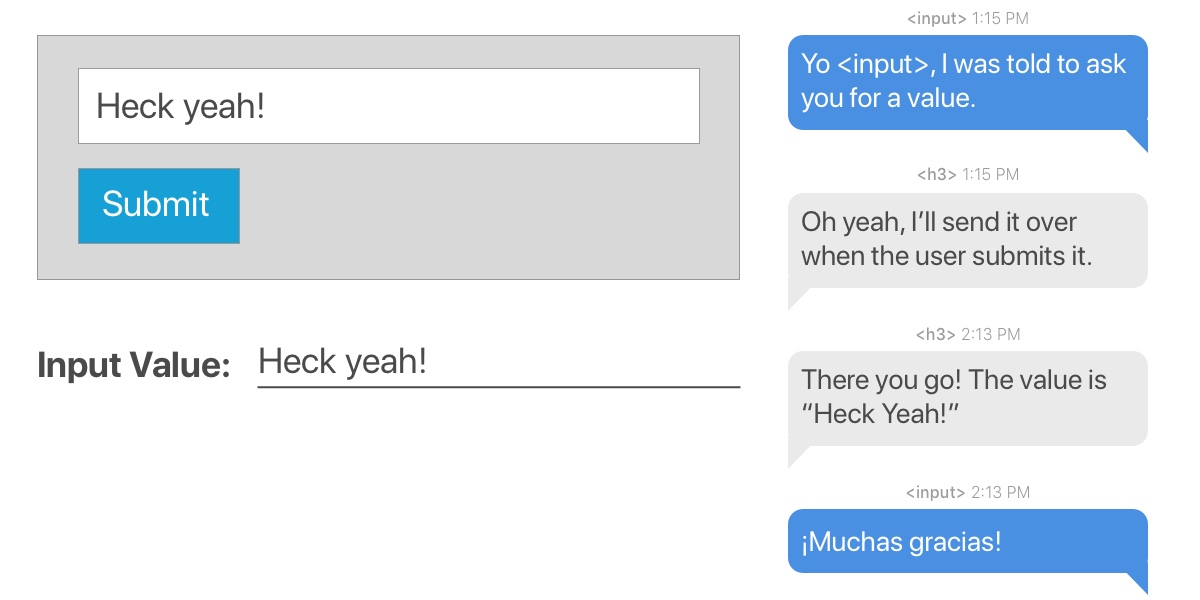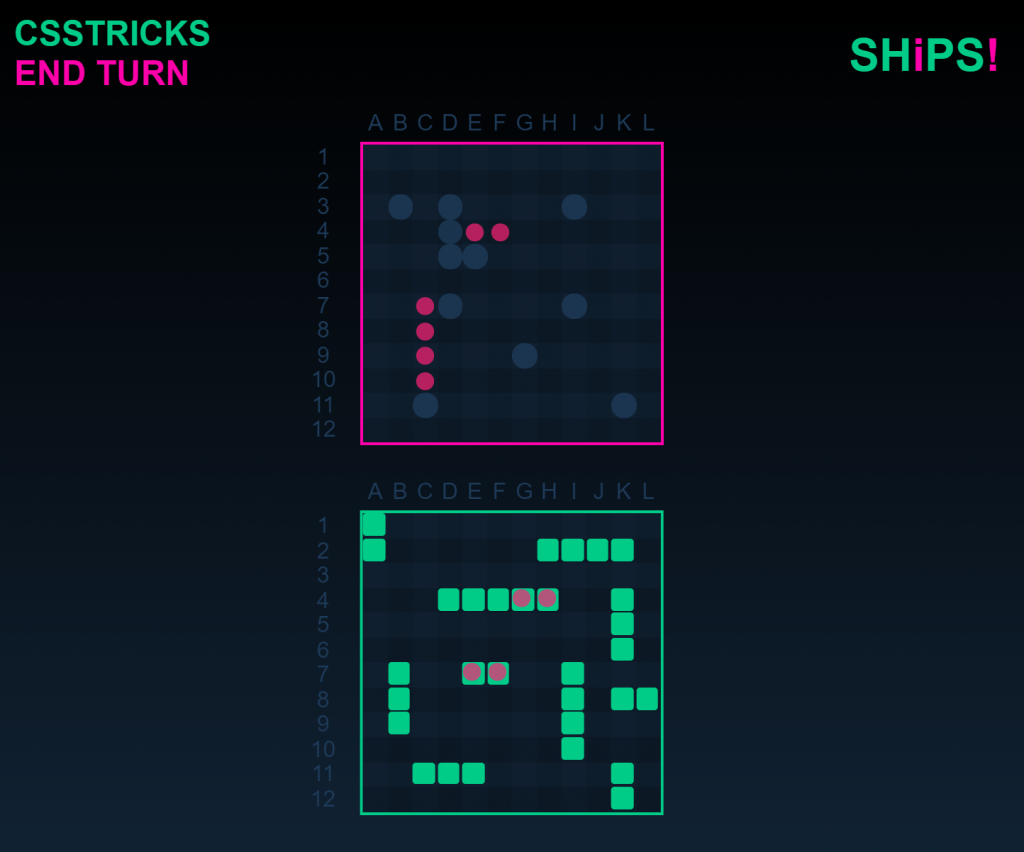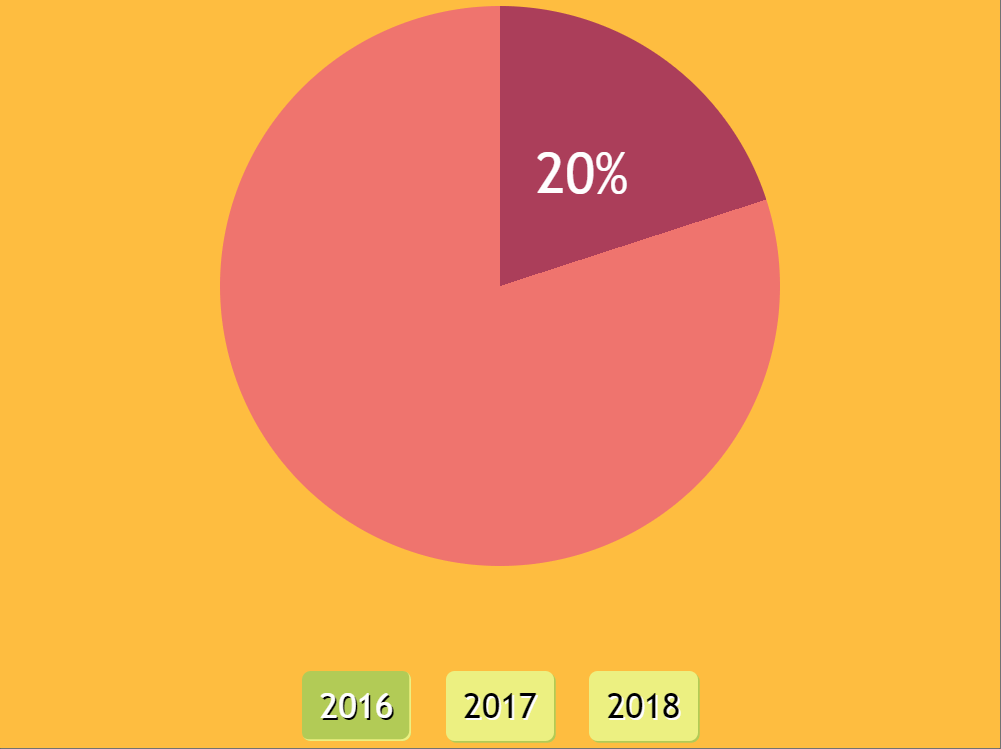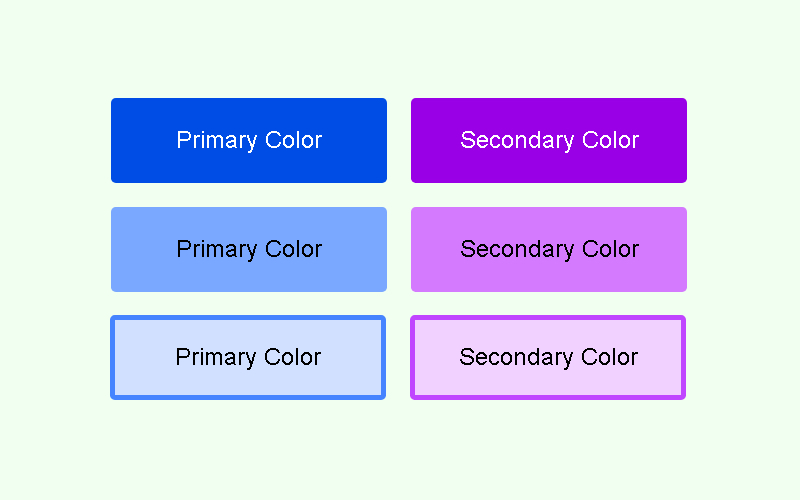Seriously, though. What is a progressive web app?
Amberley Romo read a ton about PWAs in order to form her own solid understanding.
“Progressive web app” (PWA) is both a general term for a new philosophy toward building websites and a specific term with an established set of three explicit, testable, baseline requirements.
As a general term, the PWA approach is characterized by striving to satisfy the following set of attributes:
Responsive
Connectivity independent
App-like-interactions
Fresh
Safe
Discoverable
Re-engageable
Installable
Linkable
Direct Link to Article — PermalinkThe post Seriously, though. What is a progressive web app? appeared first on CSS-Tricks.
Source: CSS-tricks.com






